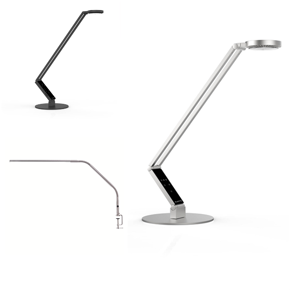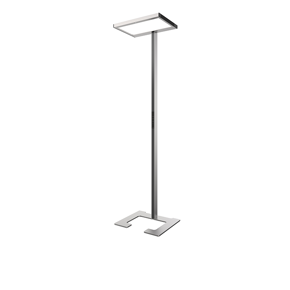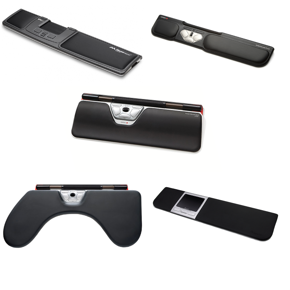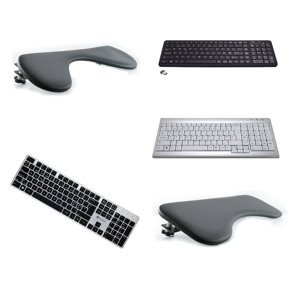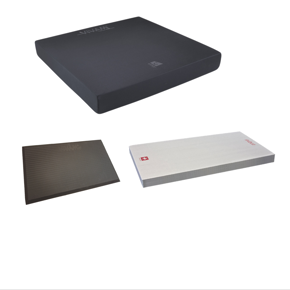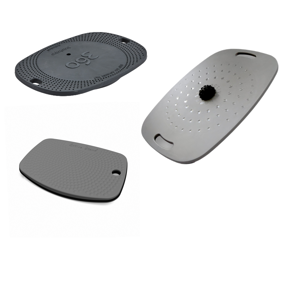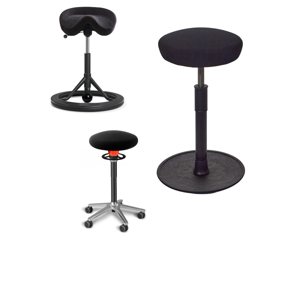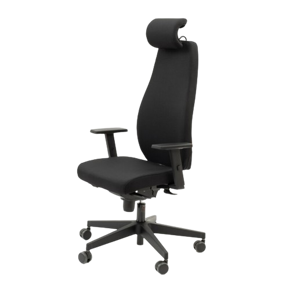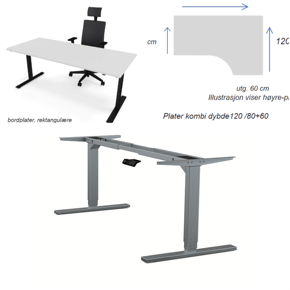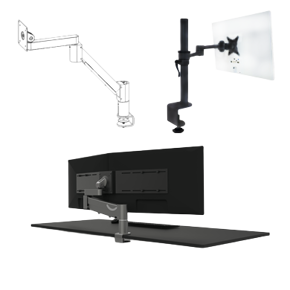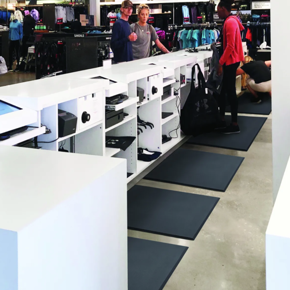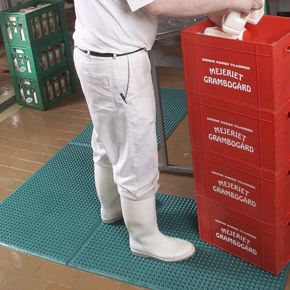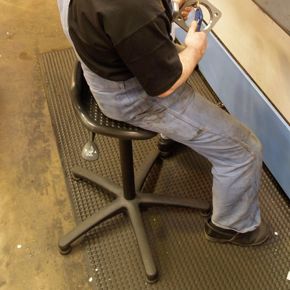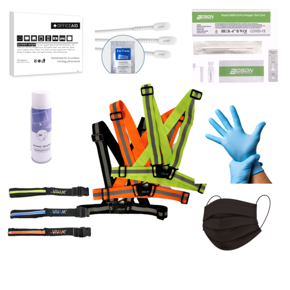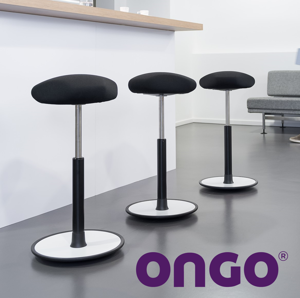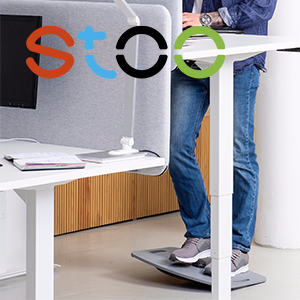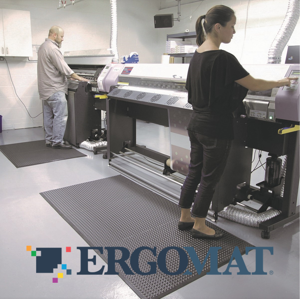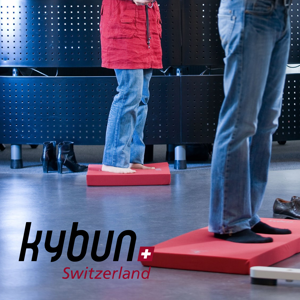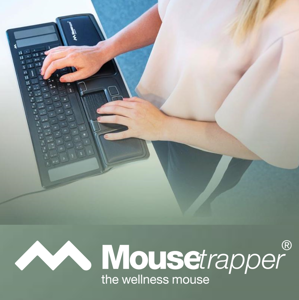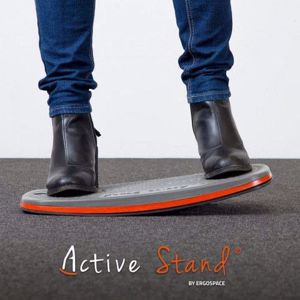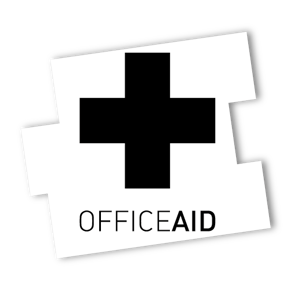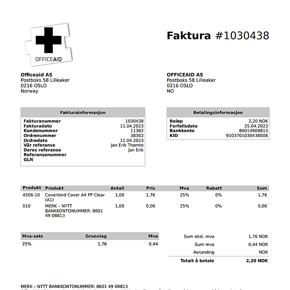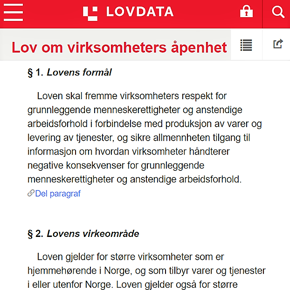Should you keep exercising if it hurts?

Has your pain been keeping you from exercising the way you want to? Do you find yourself wondering if you’ll ever be free to exercise without pain again? Are your feeling tired and frustrated with your lack of progress? Have you tried everything you can think of with little success?
For most people, pain is a very frightening experience. The fear of the unknown can be debilitating for people in pain. You might find yourself wondering, “am I hurting myself more when I exercise with pain?”
Having pain does not mean you have to stop doing all exercise, but rather that it is time for you to get smart about doing your favorite moves so that you can keep living a full and happy life. The good news is that our bodies love to move, even when we are experiencing debilitating pain. Sometimes it’s just about finding the right thing to do that will work for you. There are some key concepts to appreciate that will help you move in the right direction.
Pain does not mean you are damaged or broken.
It is frequently advertised that pain is a serious health condition that you need to have checked. This is rarely the case and often, pain is more accurately an indication that your nervous system is on high alert. As it turns out, our nervous systems are pretty amazingly equipped at protecting us and keeping us alive. Many people feel that pain means something must be broken and needs to be “fixed.” But human bodies will often fix the broken parts quite well without any help. You might find that your pain changes from day to day or from moment to moment. That is your body’s amazing way of working out how to calm your nervous system so that you can keep moving and doing what you need in your life. Certain environments can change our pain, based on our past experiences. For example: if you hurt yourself in the gym, you might find you have a lot of pain while you are at the gym. This is an example of your nervous system working to keep you safe and remembering when and where to do it. As you try to figure out what exercises are safe to do, your nervous system is right there with you, trying to figure it out too. This is one reason why pain can last longer than expected, long after our tissues are fully healed. It doesn’t mean you are damaged goods, it simply means you need to start exploring your limits so that you and your nervous system can learn what those limits are for you.
Exploring Exercise and Movement
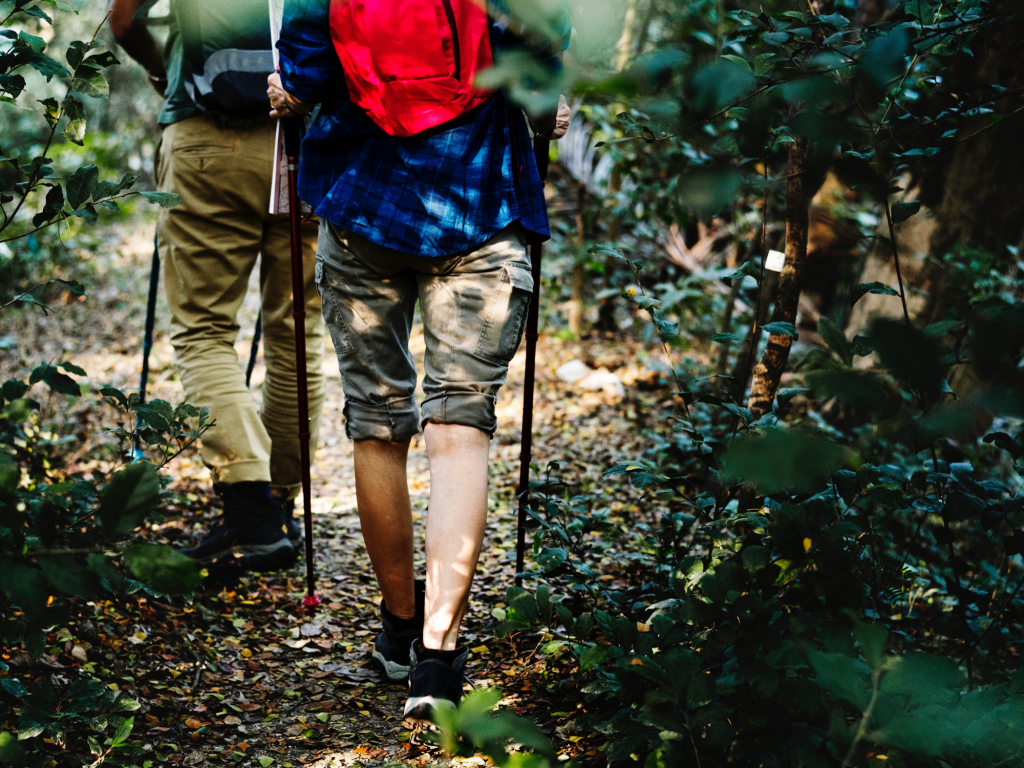
Test the waters, you might surprise yourself. Part of any painful experience is exploration. When you seek to find ways to push yourself to the edge of your tolerance, you are more able to learn where the extent of those boundaries are and how to expand them. The media often tells you to tighten your boundaries to protect your body. This stems from a perception that people are fragile. You are not fragile and pain is not an indication of fragility. When in pain, it is important that you test the waters with exercise. If the boundaries are not pushed, the boundaries will stay exactly where they are, and potentially even shrink. This is why the suggestion to keep moving, even when in pain, is so vital. It is not only vital to reducing your pain, but to maintaining your health and well-being. Knowing how much is too much can be helpful to your recovery. Climbing a mountain without training will likely make you sore and painful for a few days. Pain can be turned up when we have done more than what we are prepared to do.
Gentle Progressions to Build your Capacit
While testing the waters and pushing your limits is important, if you are not familiar with how that feels, your nervous system can respond more aggressively than you anticipated. Gradual progressions back to your normal routine are key to moving you forward. That might means getting back to the gym and using lighter weights than what you were using prior to your painful experience or injury. This can be frustrating when you feel like you should be able to lift the same amount of weight as before. The reality is that our tissues respond to loading by getting stronger, but they also adapt to unloading by getting weaker.So if you haven’t had time to exercise, your tissues adapt accordingly and will need some time to build back up to where they were before. Be patient and work to build yourself back up in a gradual way.
Find Joy in the Exercise You Choose
There are no absolutes in what you choose to do for exercise. Many people wonder, “what exercise is the best one to do for my pain?” The truth is that any exercise you choose to do is the best exercise you can do. It is not logical to be torturing yourself with exercises you find boring, mundane, or simply painful for the sake of being painful. Whatever exercise you decide to do to get better, find ways to make it fun and joyful. You will be more likely to continue to do that exercise and move on the path towards recovery if you choose to engage in activities you love. Sometimes that means doing it with the people you love. Finding community and social engagement with your activities can keep you moving on the path to living well and pain free. It can also increase the likelihood that you’ll do it. Ultimately, you have a choice to make: “do I want to live without exercise in my life because of my pain?” or “do I want to get back to my life in spite of my pain?” Both paths will change you and your body in some capacity. The question is, do you want your body to change for the better, or for the worse?
Dr. Ellie Somers is a physical therapist, performance coach, writer, athlete and owner of Sisu Sports Performance & PT in Seattle, WA.
She obtained her Doctor of Physical Therapy degree from Saint Louis University where she also played collegiate soccer. Ellie specializes in the management of return to sport and athletic performance after injury or pain, for youth and adult female athletes. She is a fierce advocate for better care for women and girls and believes in the power of the adaptable human.

